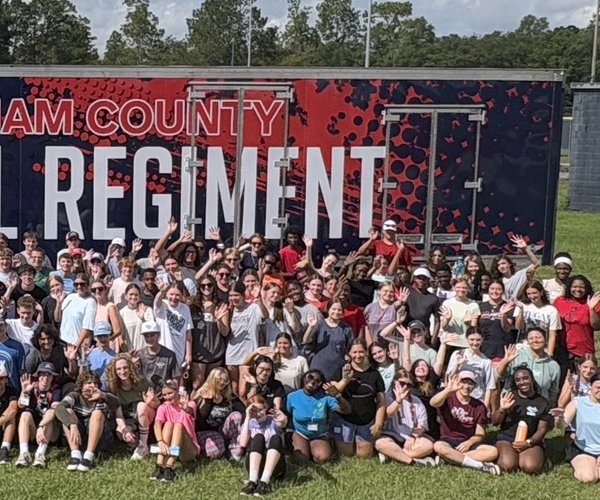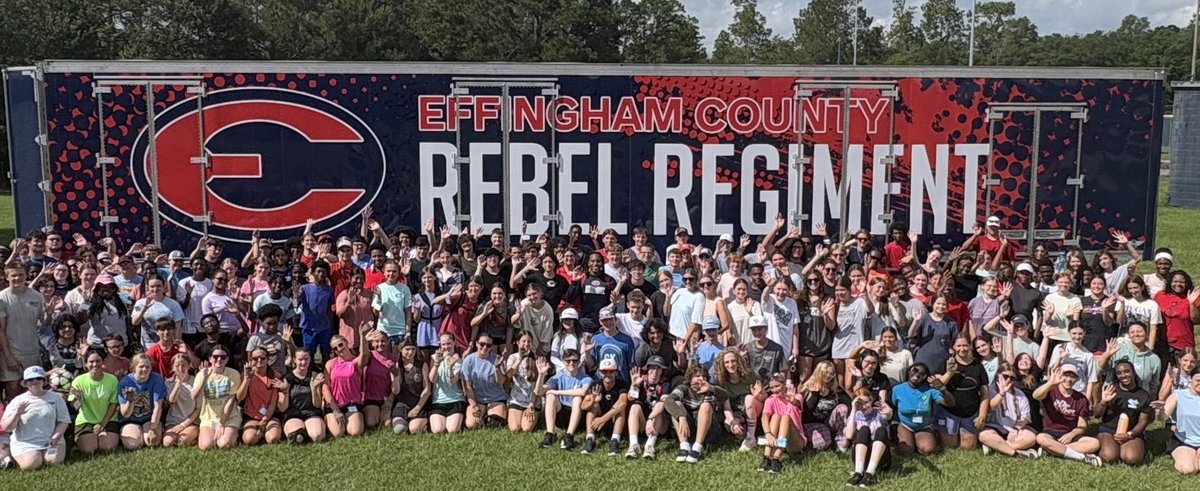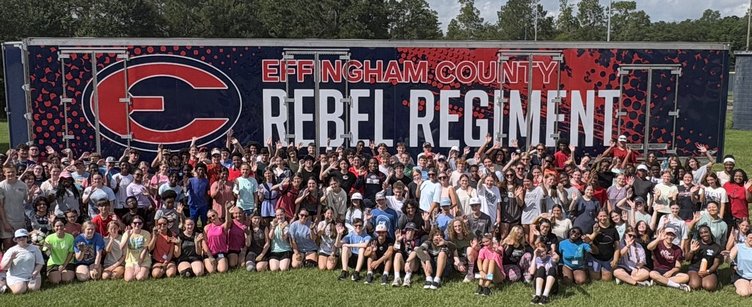A lengthy planning retreat Thursday night may lead Effingham Industrial Development Authority members to figure out what’s next in attracting more industries. IDA members, poring over ideas and strategies for nearly three and a half hours, will look at the steps to make the northern side of the I-16 tract more appealing to potential industries. "We kind of know what we need to focus on," said IDA CEO John Henry.
IDA casts an eye on its I-16 tract








